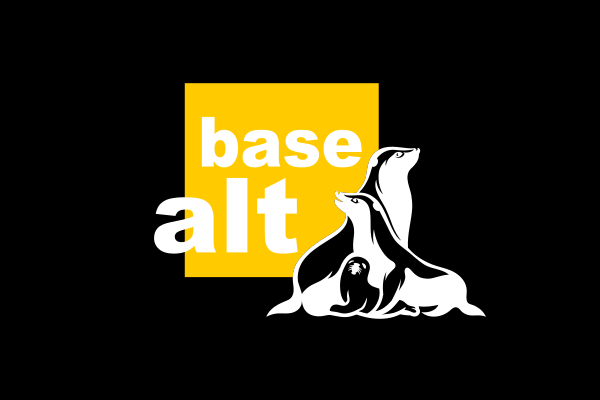The latest stable release of Kali Linux, the popular Linux distribution for ethical hacking and cybersecurity analysis, version 2025.2, was released in June 2025. This time, the developers have not only introduced maintenance updates, but also several new features that enhance both usability and functionality of the system. The updates may be of particular interest to those who use the operating system for penetration testing, network traffic analysis or other security purposes.
One of the most striking new features is the complete redesign of the Kali Linux menu system. The menu structure, which was previously manually edited and difficult to extend, has now been automated by the developers and rearranged following the logic of the MITRE ATT&CK framework. This has made the discovery and categorisation of assets more robust and transparent, especially for offensive and defensive (so-called “red” and “blue team”) operations.
Updates to the user interface include new versions of GNOME 48 and KDE Plasma 6.3. These not only include aesthetic changes, but also performance improvements such as dynamic frame buffering and HDR support for GNOME. In the case of KDE, the focus was on fine-tuning displays and providing more system information.
An important development is the integration of BloodHound Community Edition (CE). This is a reimagined community version of the Active Directory environment security mapping tool that comes with all the necessary “collection modules”. The tool is capable of detailed data collection and more efficient network connectivity mapping, which helps system administrators to identify potential privilege issues.

As part of the upgrade, new tools have been added to the Kali repertoire. Some of these provide support for password construction, binary analysis or scanning Azure cloud environments. In addition, the developers have also thought of practical tools: xclip has been made available by default, allowing quick copying of command line output to clipboard.The Kali NetHunter system, optimised for mobile devices, has also undergone a notable upgrade. The TicWatch Pro 3 smartwatch now supports Wi-Fi traffic injection, a technical milestone. In addition, the CARsenal vehicle security toolkit has been given a new user-friendly interface and enhanced with features that allow simulation of vehicle communication networks - even without a physical device.
Improvements have also been made to embedded devices such as Raspberry Pi and USB Armory MKII. By standardising kernel versions and simplifying access rights, the system is now more usable on these devices.
The documentation has also been updated. A number of new descriptions have been added, including how to set up encrypted persistence on Live USB drives and how to install NetHunter on various NetHunter devices. These are designed to give novice users the confidence to start customising the system.

Another notable aspect of the edition was the wide recognition of community contributions. The developers stressed that the project is open to anyone who would like to contribute to shaping it. This is particularly true for the international communities: the ROKFOSS group in South Korea, for example, has set up new mirror servers and has started translating the documentation into Korean.
Kali Linux 2025.2 is therefore not a sensational breakthrough, but a consistent and well-considered evolution of a mature, community-based system. The innovations are primarily aimed at improving usability and reflect the intention to keep the system a reliable and efficient tool for both practitioners and learners.
































